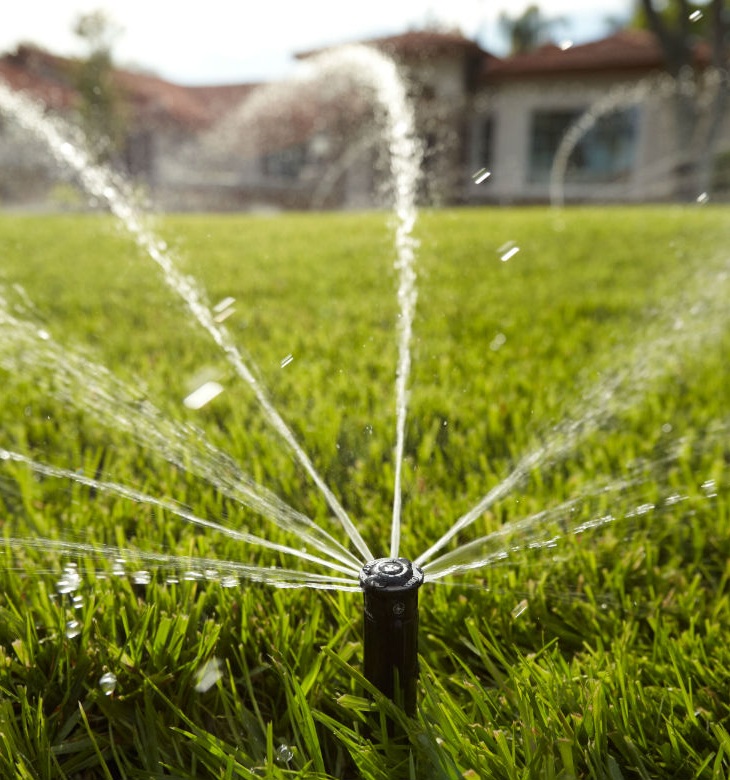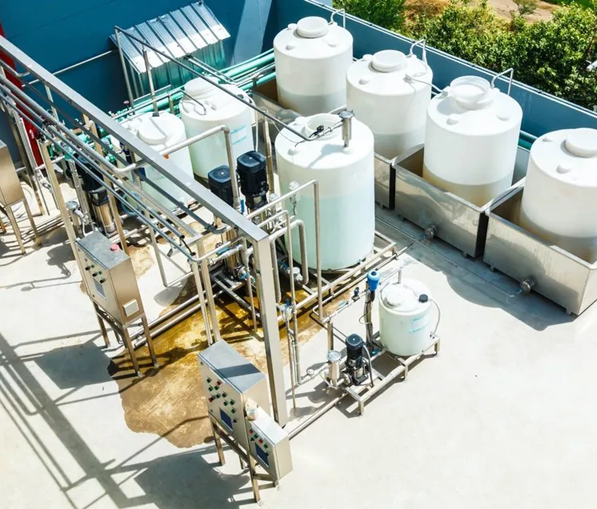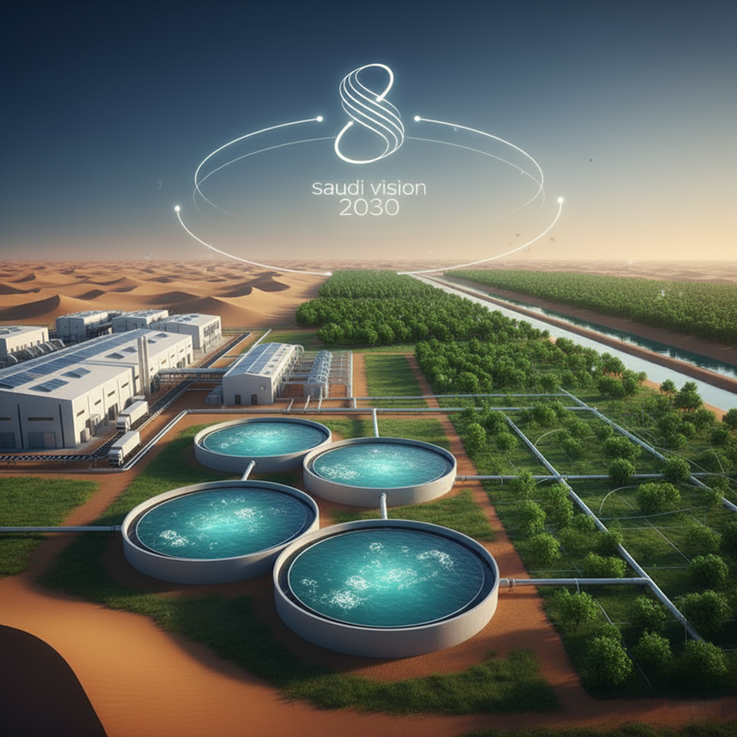
How to Install a Greywater Irrigation System
Greywater irrigation systems offer an environmentally friendly approach to reusing wash water for garden irrigation. These systems significantly reduce water consumption and utility bills, while keeping your garden lush and vibrant.
Understanding Greywater Systems
According to the Environmental Protection Agency, greywater refers to the relatively clean wastewater generated from bathroom sinks, bathtubs, showers, and washing machines—but not kitchen sinks or dishwashers. Although not potable, this water is considered sufficient for irrigation purposes.
Benefits of Greywater Irrigation
Greywater irrigation systems redirect this water from the sewer or septic system directly to your garden, meaning you don’t have to use potable water to water your plants. Installing a greywater system offers several benefits, including:
- Reduces the burden on treatment systems: Less water flows into municipal sewer systems and treatment plants, easing their burden.
- Reduces utility costs: By reducing water consumption, homeowners will also reduce their water bills.
- Reliable water source: Even in drought conditions, graywater provides a steady source of water for irrigation.
- Recharges groundwater: It contributes positively to groundwater supplies by redirecting wasted water.
Types of graywater systems
Different types of graywater systems meet various needs. They include:
- Branch system: Uses gravity to distribute water to multiple irrigation areas.
- Laundry-to-garden irrigation system: Diverts water from the washing machine directly to the garden.
- Pump systems: Handle graywater from multiple sources and are suitable for covering larger areas with more complex installations.
Article outlining the top 10 reasons to focus on graywater treatment
Planning a graywater system
Before you start purchasing piping, review the municipal or local regulations in your area and determine the route your potential irrigation system might take.
Review local regulations
Graywater systems are subject to various regulations that vary by location. Here are some factors to consider:
- Depth of Irrigation Lines: Lines must be buried at an appropriate depth to ensure safety and effectiveness.
- Permitting Requirements: Obtaining the necessary permits may be part of the installation process.
- Setback Requirements: Determining distances from property boundaries and structures is critical.
- Source Restrictions: Some water sources, such as kitchen sinks, may be prohibited.
Evaluate Your Lawn
To optimize your system, assess your lawn and its specific needs. This includes doing the following:
- Selecting Suitable Plants: Although graywater is beneficial, it should not be used on edible root crops (such as potatoes).
- Ensuring Good Drainage: Water pools can cause problems for your lawn, and possibly even your home’s foundation.
- Mapping Irrigation Zones: Understand your plants’ water needs and evaluate your lawn’s topography to create efficient irrigation zones.
Choose Your Water Source
For most homeowners, a washing machine is an ideal source of graywater. The plumbing is easily accessible and isolated from the rest of the house’s plumbing, and it produces significant amounts of water during use. Bathrooms also produce graywater, but unless you’re renovating your home, you’ll have to cut into walls and run new pipes. Therefore, it’s usually easier to get graywater from laundry.
Installing a Laundry-to-Landscape System
A laundry-to-landscape system is one of the easiest graywater systems to install.
Tools and Materials
- One-inch HDPE pipe
- Three-way diverter valve
- Drill/screwdriver
- Irrigation valve boxes or flower pots
- Sawdust
- Pliers
- PVC pipe cutter
- PVC pipe and fittings
Step-by-Step Installation Instructions
- Install the three-way diverter valve behind the washing machine to control water redirection.
- Connect the washing machine drain hose to the bottom port of the diverter valve.
- Route PVC pipe from the left port of the diverter valve to the utility sink to drain unwanted graywater (for example, if bleach is used).
- Drill a one-inch hole in the exterior wall to route the irrigation line to the outside.
- Route PVC pipe from the right port of the diverter valve through the wall and out. Install a vacuum breaker on the diverter valve’s T-shaped connection to prevent any possible siphoning.
- Connect the PVC drain line to a 1-inch diameter HDPE pipe for garden irrigation.
- In your garden, distribute the irrigation pipes, adding T-shaped connections to each plant.
- Create mulch beds at each irrigation site to filter graywater and prevent pooling.
- Place irrigation valve boxes or flower pots over each outlet to prevent root ingress.
Tune Your System Carefully
Once your system is installed, ensure it distributes water evenly. Here are some steps:
- Adjust the pipe or mulch beds to improve water flow to the plants.
- Check for leaks and tighten connections as necessary.
- Monitor plant health and soil moisture over time and adjust the system as needed.
Maintaining Your Graywater Irrigation System
While a graywater irrigation system can save you money, you’ll need to make some changes to your home to get the most out of it.
Using Graywater-Friendly Products
Your first priority, after installation, is to switch to safe products to pour onto your plants and directly into the groundwater. Soaps and detergents that are low in sodium and boron are recommended. For laundry detergents, liquids are usually used instead of powders. Look for plant-friendly and biodegradable products.
You can, of course, use stronger industrial products when needed. Just be sure to direct this graywater into your regular sewer system so it can be safely disposed of by treating it as wastewater.
Routine Maintenance Tasks
Clothing and plant irrigation systems don’t filter water from sediments like lint, so you’ll need to check the system regularly, especially when it’s under heavy use. Remember the following when maintaining your system:
- Make sure everyone in the household knows how and when to use the system.
- Regularly check pipes and connections for clogs or leaks.
- Reassess your plants’ watering needs seasonally and make any necessary adjustments.
- Do not allow roots to grow in irrigation pipes.
- Do not drain graywater onto bare ground—change mulch basins as necessary.
Maximizing Graywater Efficiency
As you become accustomed to using your system, you can begin making adjustments to maximize its benefits:
- Stack plants with similar watering needs together.
- Spread mulch generously to reduce evaporation and conserve moisture.
- Integrate rainwater harvesting for an integrated water management system.
Conclusion
In many climates, installing a graywater irrigation system is an effective way to conserve water and protect the environment. With proper planning and regular maintenance, you can create your own sustainable irrigation solution. Although it requires an initial investment of effort and resources, its long-term benefits—both financial and environmental—make it an attractive option for many households.
Read also: Water Treatment in Residential Complexes: A Strategic Investment for Sustainability and Excellence
Stop stressing over the intricacies of installing a graywater irrigation system; our company is here to take care of it all for you. Instead of navigating the maze of local regulations, planning piping routes, selecting complex tools and materials, and installing diverter valves and fittings step by step, let our specialized team handle all the tasks. We offer a comprehensive service, starting with designing a graywater treatment plant perfectly suited to your needs and garden, through implementing and building the system to the highest quality standards and compliance with regulations, and finally providing regular maintenance to ensure its efficiency and longevity. Enjoy the environmental and economic benefits of greywater (water savings, lower bills) without the hassle of installation and maintenance, and focus your time and effort on enjoying your thriving garden.


























